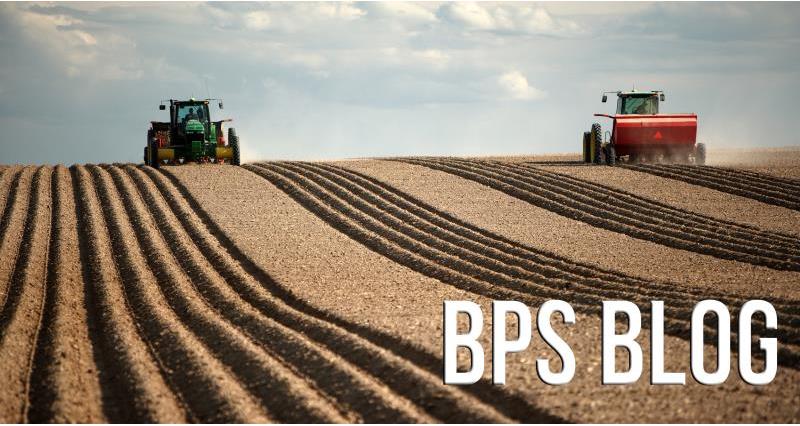In this blog, the NFU's senior BPS adviser, Richard Wordsworth, looks at some recent developments to be aware of with this year’s BPS applications. He writes:
Application window for 2018
The RPA has now confirmed that the online application window for BPS 2018 will open on Tuesday 13 March, with paper forms being dispatched shortly afterwards. Also 13 March will see mapping data being fixed and should not change during the application window unless a farmer instigates changes. Furthermore, all guidance and forms will be out by 13 March. Also watch out for some useful new YouTube videos being put together to help you understand the changes this year.
Also the RPA will be in contact with you via email in the coming weeks with various messaging around the application process, so watch out for their messages as well as on Twitter via their tweets and via Facebook posts. Remember to not delete those emails. If you have not seen any by 14 March then check via the Rural Payments online your contact details as to who should have received the emails, they may also in your junk folder?
RPA are expected to publish soon a list of key BPS dates online via their dedicated BPS 2018 web page here. As I always say stick the key dates in your diaries / on your calendars to avoid getting a claim in late and incurring a penalty. There is also a handy list within this web link of things you can do online now, I suggest changing land use data after 13 March.
BPS Rules – Headline Clarification
In the wake of the shorter application window, the NFU has been pushing for the RPA to get out to farmers information on the BPS 2018 rules ahead of the application window opening. Last week the RPA helpfully published further information online around greening and other changes, I have summarised these below, as always full details will be in the 2018 BPS Handbook:
- Active farmer - you no longer need to meet the ‘active farmer’ requirement under BPS for 2018 onwards. However, as this change to the EU regulation was confirmed late, the RPA has not been able to make changes to the Rural Payments service or the BP5 application form for 2018. Therefore, for BPS 2018 you must fill in the first box of the ‘Active farmer declaration’ in the Rural Payments service, or on your BP5 application form stating ‘No - I qualify as an active farmer’. You must do this before you submit your BPS application’.
- Young farmer payment - eligible farmers can apply for and receive the ‘young farmer payment’ for a maximum of 5 years starting from the year in which they made their first successful BPS application.
- Greening rule changes - Further clarification of these changes has been published:
The value of nitrogen-fixing crops for EFA has increased from 0.7 to 1.0.The greening calculator in the Rural Payments service has not been updated with this change as the decision was made too late for RPA to be able to make the change to the service for BPS 2018.
Greening Exemptions - The limit of 30 hectares of remaining arable land has been removed from two of the crop diversification exemptions and both of the EFA exemptions. This could mean some do not need to do greening for 2018 compared to previous years.
EFA Fallow Period Management - During the EFA fallow period (1 January to 30 June 2018), you can do the following on your fallow land:
- carry out drainage work
- sow wild bird seed mixes and/or nectar sources and/or pollen sources
- top green cover or previous crop residue.
You must not: - sow grass, unless you are required to do so for a rural development agri-environment scheme
- plough or cultivate the ground
- use cultivation to control weeds (for example, Blackgrass, Ragwort, Hemlock)
- carry out any form of production including sowing, harvesting or grazing except where you are sowing grass specifically for a rural development agri-environment agreement or wild bird seed mixes, pollen sources or nectar sources (see above)
- apply any fertiliser or farmyard manure
- apply any plant protection products including herbicides, fungicides or insecticides.
Make sure you respect these changes, RPA will be inspecting such areas this coming year.
We have updated our greening document as a result of these changes, Version 7 is now out here and can be found here.
That’s it for now, next time I will cover mapping issues in more detail. One final thing, don’t forget to book into our BPS 2018 meetings which kick off on 28 February in Penrith and Bakewell – these will be posted here.
Other useful articles:
